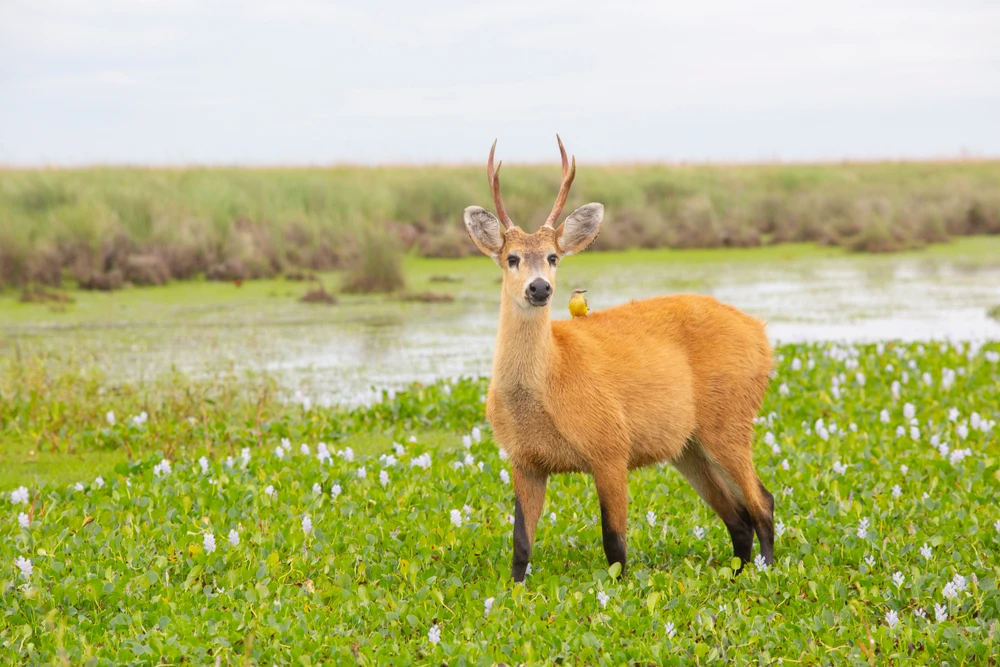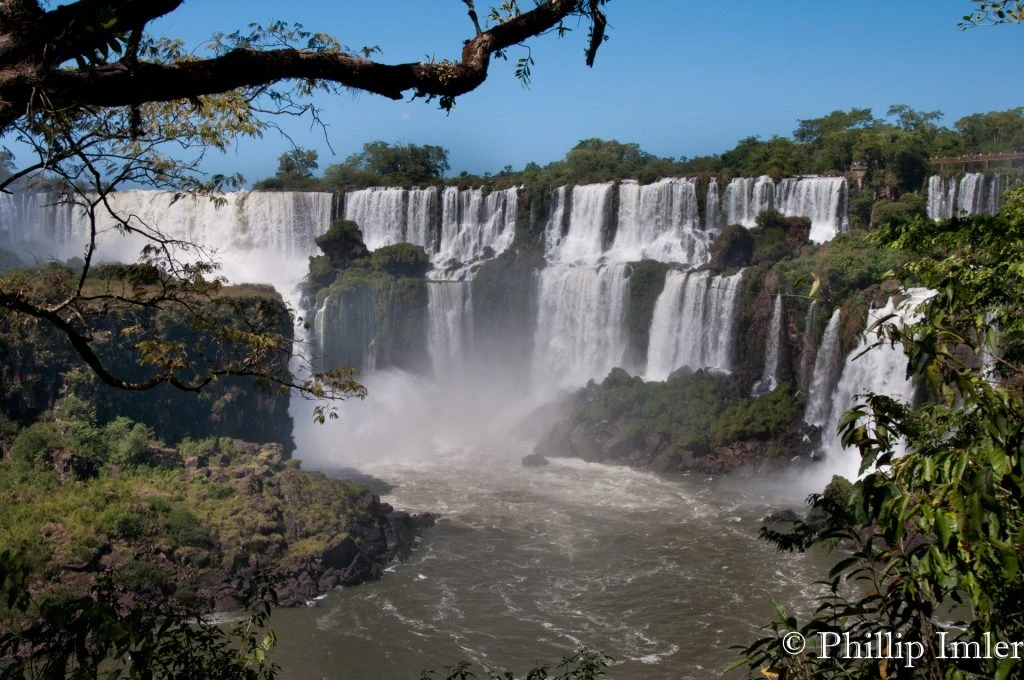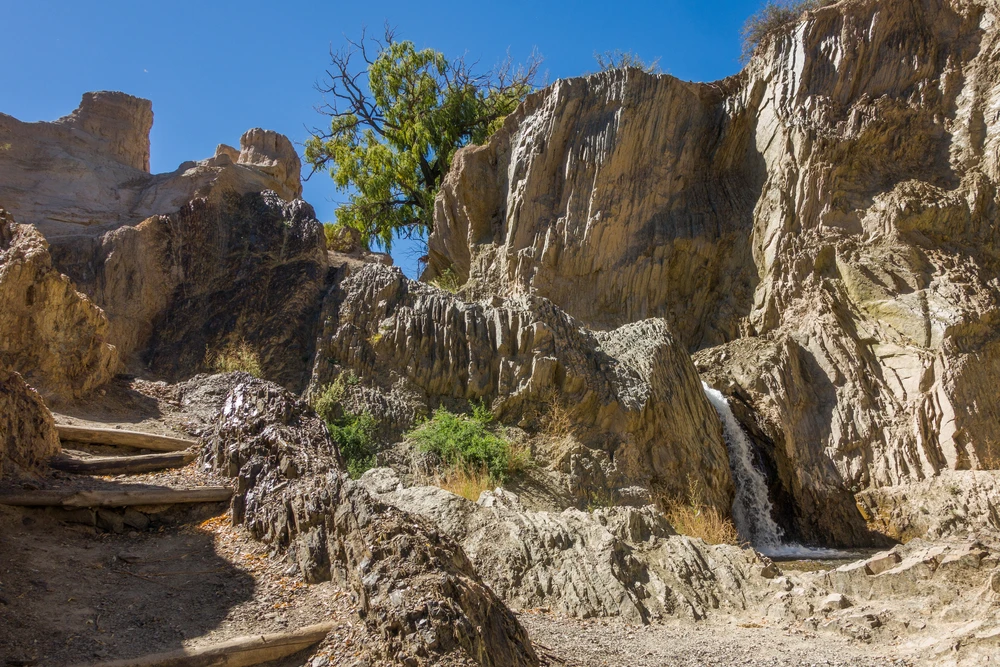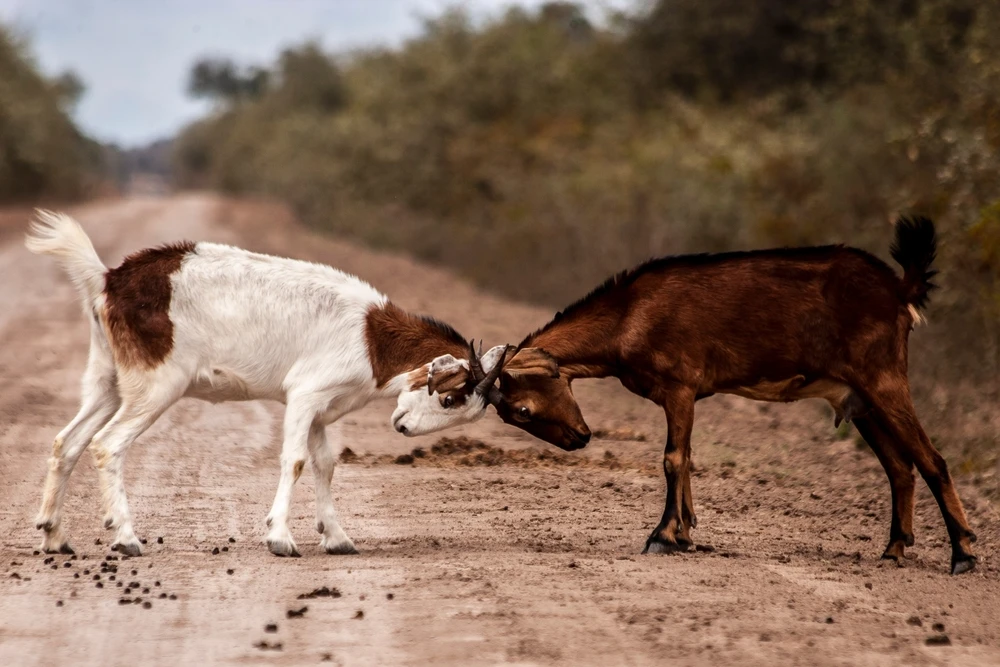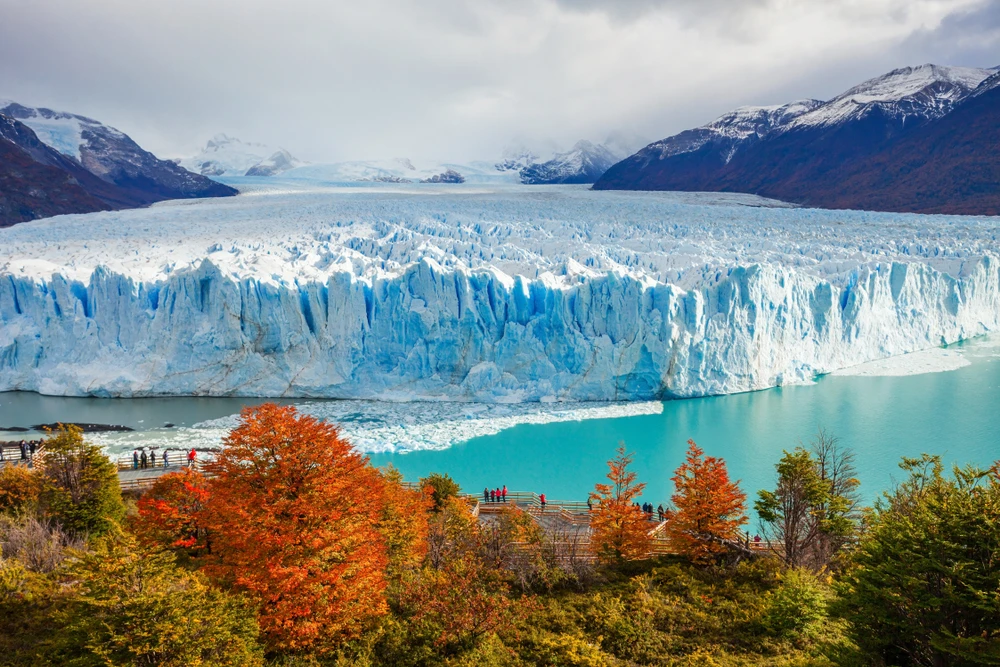Iberá Overview
Iberá National Park, known as Parque Nacional Iberá in Spanish, is located in northeastern Argentina within the province of Corrientes. It spans approximately 2,936 square miles (7,584 square kilometers), making it one of the largest protected areas in Argentina.
The park was created to conserve the Iberá Wetlands, a vast expanse of marshes, lagoons, and grasslands that form one of South America’s most important freshwater ecosystems. This landscape is characterized by floating islands of vegetation, slow-moving rivers, and a patchwork of dense forests interspersed with open savannas.
The wetlands provide a striking contrast between shimmering blue waters and lush green vegetation, creating a paradise for wildlife and nature enthusiasts. Some of the park’s most striking features include the Carambola Lagoon, which offers serene, reflective waters, and the Paraná River basin, which supports a unique variety of flora and fauna.
Wildlife thrives in Iberá National Park, with an extraordinary range of species calling it home. It is one of the best places in Argentina to see large mammals such as capybaras, marsh deer, and howler monkeys. The park has also been a stronghold for jaguar reintroduction efforts, making it one of the few places in Argentina where visitors might catch a glimpse of this elusive predator. Other carnivores, such as maned wolves and ocelots, also inhabit the park’s diverse landscapes.
Reptiles are well represented, including the broad-snouted caiman and the yellow anaconda, both of which rely on the park’s wetlands for survival. Birdwatchers are drawn to Iberá due to its impressive avian diversity, with over 350 recorded species. Iconic birds include the jabiru stork, black-collared hawk, and the rare strange-tailed tyrant. The park is particularly famous for its population of scarlet-headed blackbirds, which add bursts of color to the reeds and marshes.
Among the most popular attractions in the park are its extensive waterways, which allow visitors to explore the wetlands by boat or kayak. Guided boat tours offer close encounters with wildlife in their natural habitat, providing opportunities to see capybaras lounging on riverbanks or caimans basking in the sun.
Hiking trails wind through the park’s forests and grasslands, offering a more immersive experience for those who prefer to explore on foot. Some visitors opt for horseback riding excursions, a traditional way to traverse the wetlands, particularly in areas where the terrain is too soft for hiking. The park’s remoteness and protected status also make it an excellent destination for stargazing, with vast, unpolluted skies offering brilliant views of the Milky Way.
Conservation efforts at Iberá National Park have been remarkable, with significant successes in species reintroduction and habitat restoration. The reintroduction of jaguars, which had been extinct in the region for over 70 years, has been a major milestone, thanks to collaboration between conservation organizations and the local government.
Similarly, the park has seen the return of other species, including giant anteaters, collared peccaries, and pampas deer, all of which were once severely reduced or locally extinct. Despite these achievements, conservation challenges remain, including the continued need to prevent habitat degradation from human activities and to ensure sustainable ecotourism practices.
Ongoing conservation projects focus on protecting the delicate balance of the wetland ecosystem while supporting local communities who rely on the region’s natural resources.








































































